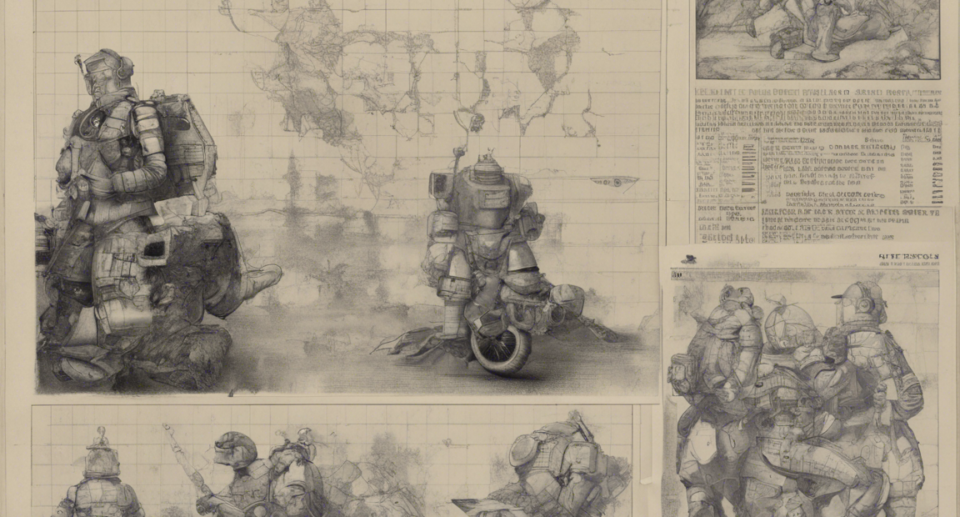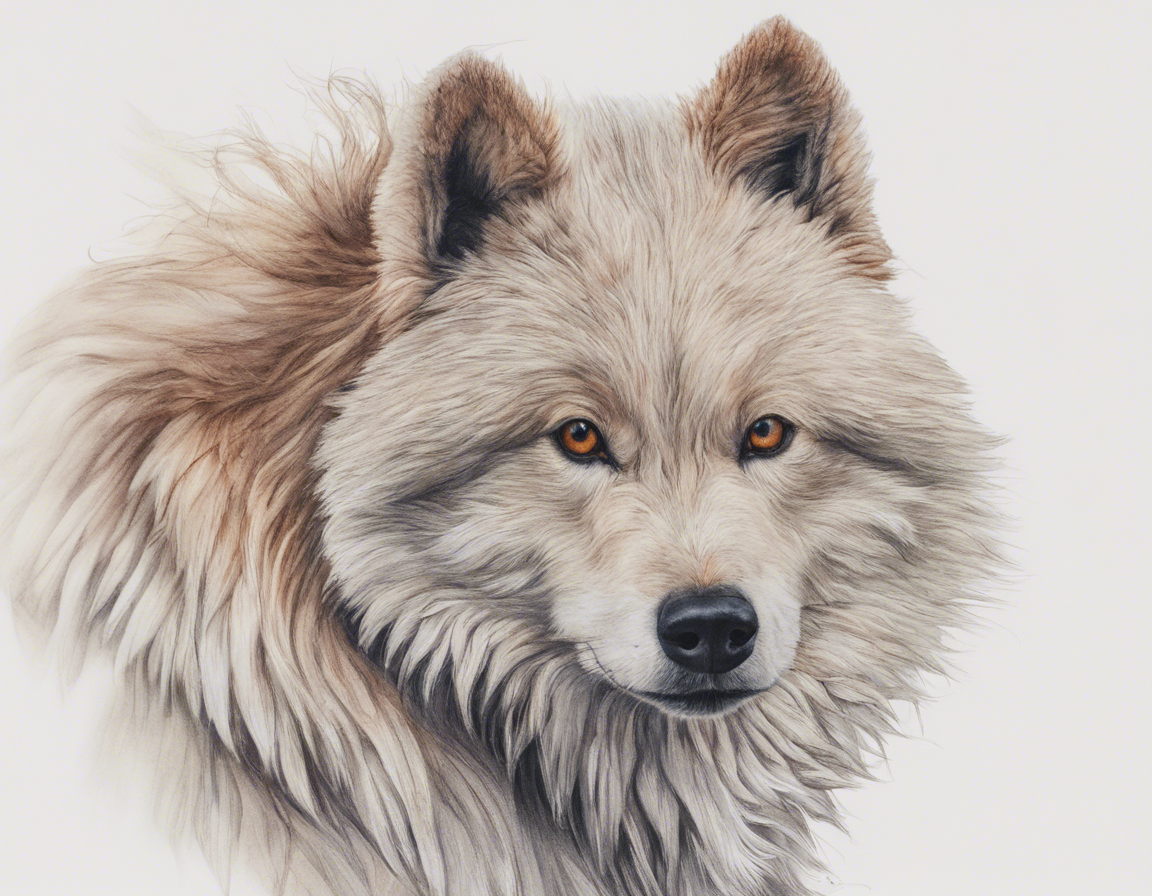The Ultimate Guide to Sustainable Fashion Trends in 2021

As we begin the new year, the world of fashion is evolving to embrace sustainable practices more than ever before. Consumers are becoming increasingly aware of the environmental impact of fast fashion and are seeking out ethical and eco-friendly alternatives. In this guide, we will explore the top sustainable fashion trends for 2021, showcasing how the industry is moving towards a more conscious and responsible future.
Sustainable Fabrics
One of the key trends in sustainable fashion for 2021 is the use of eco-friendly fabrics. Designers are opting for materials that have a lower impact on the environment, such as organic cotton, hemp, and Tencel. These fabrics are not only better for the planet, but they also tend to be of higher quality and more durable than their conventional counterparts.
Organic Cotton
Organic cotton is grown without the use of harmful pesticides and chemicals, making it a more sustainable option for clothing production. Look for brands that use organic cotton in their collections to reduce your carbon footprint and support responsible farming practices.
Hemp
Hemp is a versatile and sustainable material that requires little water and no pesticides to grow. It is also biodegradable and known for its durability, making it an excellent choice for clothing that will last for years to come.
Tencel
Tencel, also known as Lyocell, is a fabric made from sustainably sourced wood pulp. It has a silky smooth texture and is known for being breathable and moisture-wicking, making it ideal for both casual and activewear.
Upcycled and Recycled Fashion
Another major trend in sustainable fashion is the use of upcycled and recycled materials. Designers are finding creative ways to repurpose old garments and fabrics, giving them a new life and reducing waste.
Upcycling
Upcycling involves taking old or discarded materials and transforming them into something new and of higher value. This can range from turning old jeans into a fashionable bag to creating patchwork designs from leftover fabric scraps.
Recycled Materials
Recycled materials such as plastic bottles, fishing nets, and even old textiles are being used to create new clothing items. By diverting these materials from landfills and oceans, designers are helping to reduce the fashion industry’s impact on the environment.
Slow Fashion
Slow fashion is a growing movement that focuses on quality over quantity and timeless designs rather than fast-paced trends. By investing in high-quality pieces that are made to last, consumers can reduce their overall clothing consumption and minimize waste.
Capsule Wardrobes
Building a capsule wardrobe is a great way to embrace slow fashion principles. By curating a collection of versatile, mix-and-match pieces, you can create a wardrobe that is both stylish and sustainable.
Investment Pieces
Opting for investment pieces such as a well-tailored blazer or a classic trench coat means you are more likely to cherish and care for these items, extending their lifespan and reducing the need for frequent replacements.
Transparent Supply Chains
Transparency is becoming increasingly important in the fashion industry, with consumers demanding to know where and how their clothes are made. Brands that have ethical and transparent supply chains are gaining popularity among conscientious shoppers.
Fair Trade Practices
Look for brands that are Fair Trade certified or have partnerships with manufacturers who ensure fair wages and safe working conditions for their employees. Supporting these brands helps to promote social responsibility and ethical production practices.
Traceability
Some brands are utilizing blockchain technology to provide consumers with transparent supply chain information. This allows shoppers to trace the journey of their garments from raw materials to the finished product, instilling confidence in the brand’s commitment to sustainability.
Gender-Neutral and Size-Inclusive Fashion
Gender-neutral and size-inclusive fashion is on the rise, with brands recognizing the importance of diversity and inclusivity in their collections. By offering a wide range of sizes and styles that are not limited by traditional gender norms, fashion labels are catering to a more diverse audience.
Unisex Collections
Designers are creating unisex collections that blur the lines between menswear and womenswear, offering gender-neutral pieces that can be styled in a variety of ways. This inclusive approach to design allows for greater freedom of expression and self-identification.
Extended Size Ranges
Many brands are expanding their size ranges to be more inclusive of diverse body shapes and sizes. By offering a wider range of sizes, they are ensuring that more individuals can find clothing that fits and makes them feel comfortable and confident.
Green Fashion Technologies
Innovations in green fashion technologies are revolutionizing the way clothes are designed, produced, and consumed. From 3D printing to zero-waste manufacturing, these technologies are paving the way for a more sustainable future in the fashion industry.
3D Printing
3D printing allows designers to create intricate designs with minimal waste, as garments are printed to exact specifications. This technology also enables on-demand production, reducing excess inventory and the need for large-scale manufacturing.
Zero-Waste Pattern Cutting
Zero-waste pattern cutting is a technique that maximizes the use of fabric during the design process, leaving little to no waste behind. By carefully planning pattern layouts and minimizing offcuts, designers can create garments that are as sustainable as they are stylish.
Conscious Consumerism
As consumers become more educated about the impact of their purchasing decisions, conscious consumerism is taking center stage. By making informed choices and supporting brands that align with their values, individuals can drive positive change in the fashion industry.
Renting and Swapping
Renting clothes and participating in clothing swaps are becoming popular ways to enjoy new styles without contributing to textile waste. Platforms that facilitate these exchanges make it easy for fashion lovers to refresh their wardrobes in a sustainable way.
Second-Hand Shopping
Second-hand shopping through thrift stores, vintage shops, and online marketplaces is a sustainable way to find unique and pre-loved pieces. By giving new life to old garments, you can reduce your environmental impact while adding one-of-a-kind items to your wardrobe.
Conclusion
The shift towards sustainable fashion in 2021 is not just a trend but a movement towards a more ethical, environmentally conscious, and inclusive industry. By embracing sustainable fabrics, upcycled materials, slow fashion, and transparent supply chains, we can all play a part in shaping a better future for fashion. Through conscious consumerism and support for green fashion technologies, we have the power to drive positive change and influence the way the fashion industry operates.
Frequently Asked Questions (FAQs)
1. What is sustainable fashion?
Sustainable fashion refers to clothing, shoes, and accessories that are designed, manufactured, distributed, and used in ways that are environmentally friendly and ethically responsible. This includes using eco-friendly materials, reducing waste, and promoting fair labor practices.
2. Why is sustainable fashion important?
Sustainable fashion is important because the traditional fashion industry has a significant negative impact on the environment, from water pollution to greenhouse gas emissions. By embracing sustainable practices, we can reduce this impact and work towards a more sustainable future.
3. How can I shop sustainably on a budget?
You can shop sustainably on a budget by opting for quality over quantity, shopping at thrift stores or online second-hand marketplaces, or participating in clothing swaps with friends. Look for brands that offer affordable sustainable options and prioritize investment pieces that will last.
4. What are some key certifications to look for in sustainable fashion?
Key certifications to look for in sustainable fashion include Global Organic Textile Standard (GOTS) for organic textiles, Fair Trade for ethical labor practices, and Bluesign for environmentally friendly production processes. These certifications ensure that the products meet specific sustainability criteria.
5. How can I support sustainable fashion as a consumer?
As a consumer, you can support sustainable fashion by educating yourself on ethical and eco-friendly practices, researching brands that prioritize sustainability, and making informed purchasing decisions. By demanding transparency and accountability from fashion companies, you can drive positive change in the industry.




